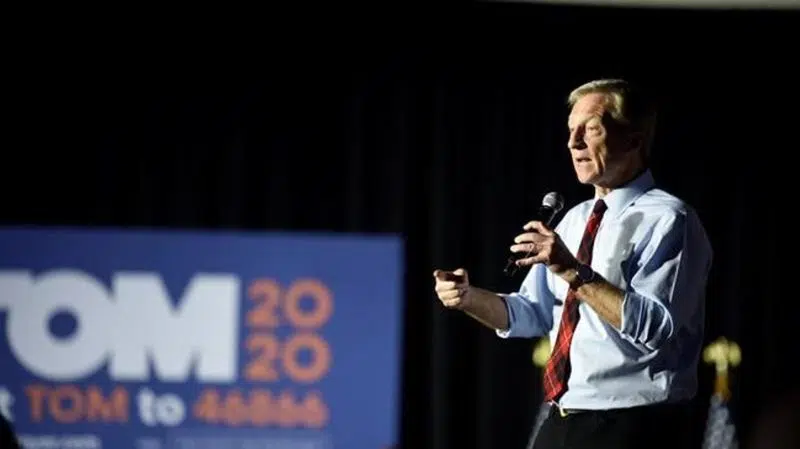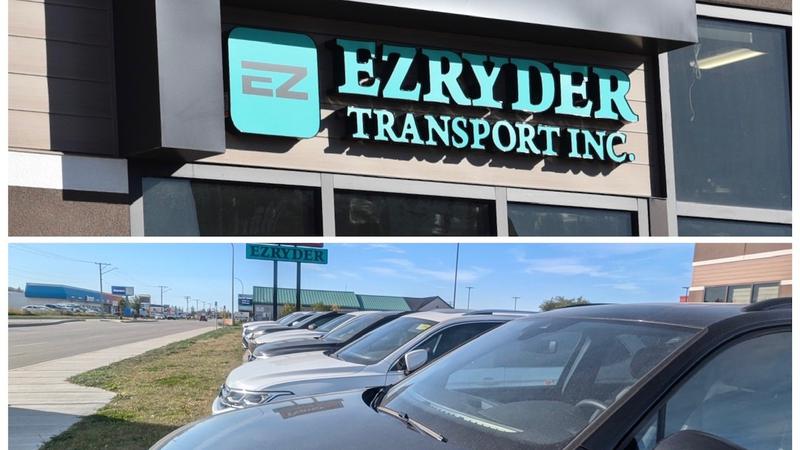
Billionaire Tom Steyer ends 2020 Democratic presidential bid
COLUMBIA, S.C. — Billionaire activist Tom Steyer, who poured millions of dollars into his Democratic presidential campaign, is ending his bid after a third-place finish in the South Carolina primary.
Steyer announced Saturday night in Columbia that he was dropping out of the White House race. After spending nearly $24 million on television advertising in the state, he finished behind former Vice-President Joe Biden and Vermont Sen. Bernie Sanders on Saturday. It was Steyer’s best showing in the 2020 race but not enough to keep him in the contest.
“Honestly, I can’t see a path where I can win the presidency,” Steyer said.
Steyer rose to national prominence as a climate change activist and by investing heavily in a campaign to impeach President Donald Trump. His presidential campaign was heavily focused on South Carolina, where he sought to appeal to black voters by decrying yawning inequalities in American life that he said were caused by racism.


